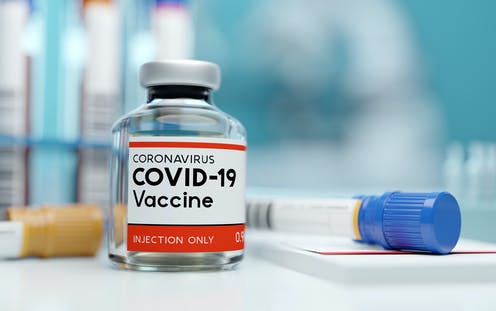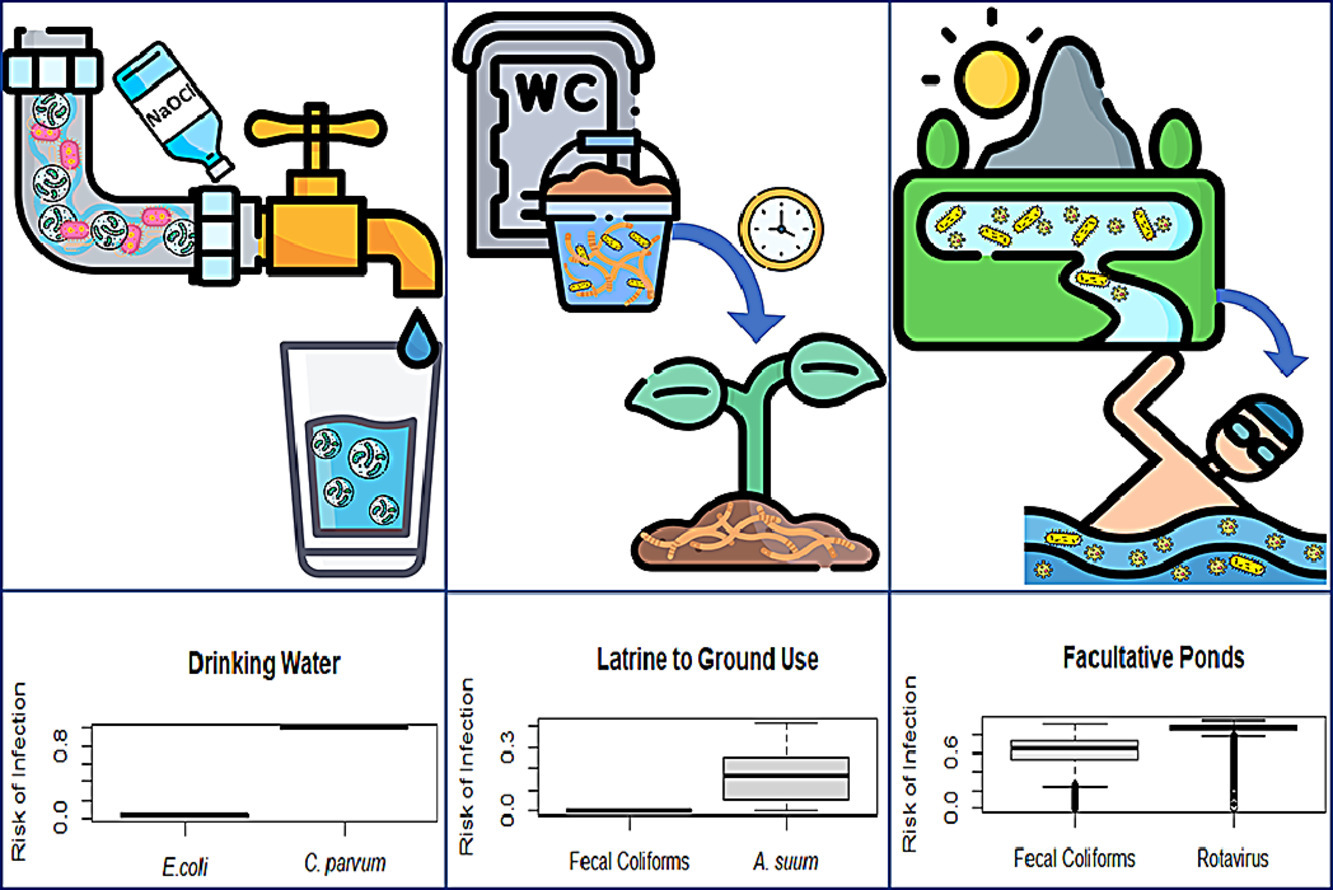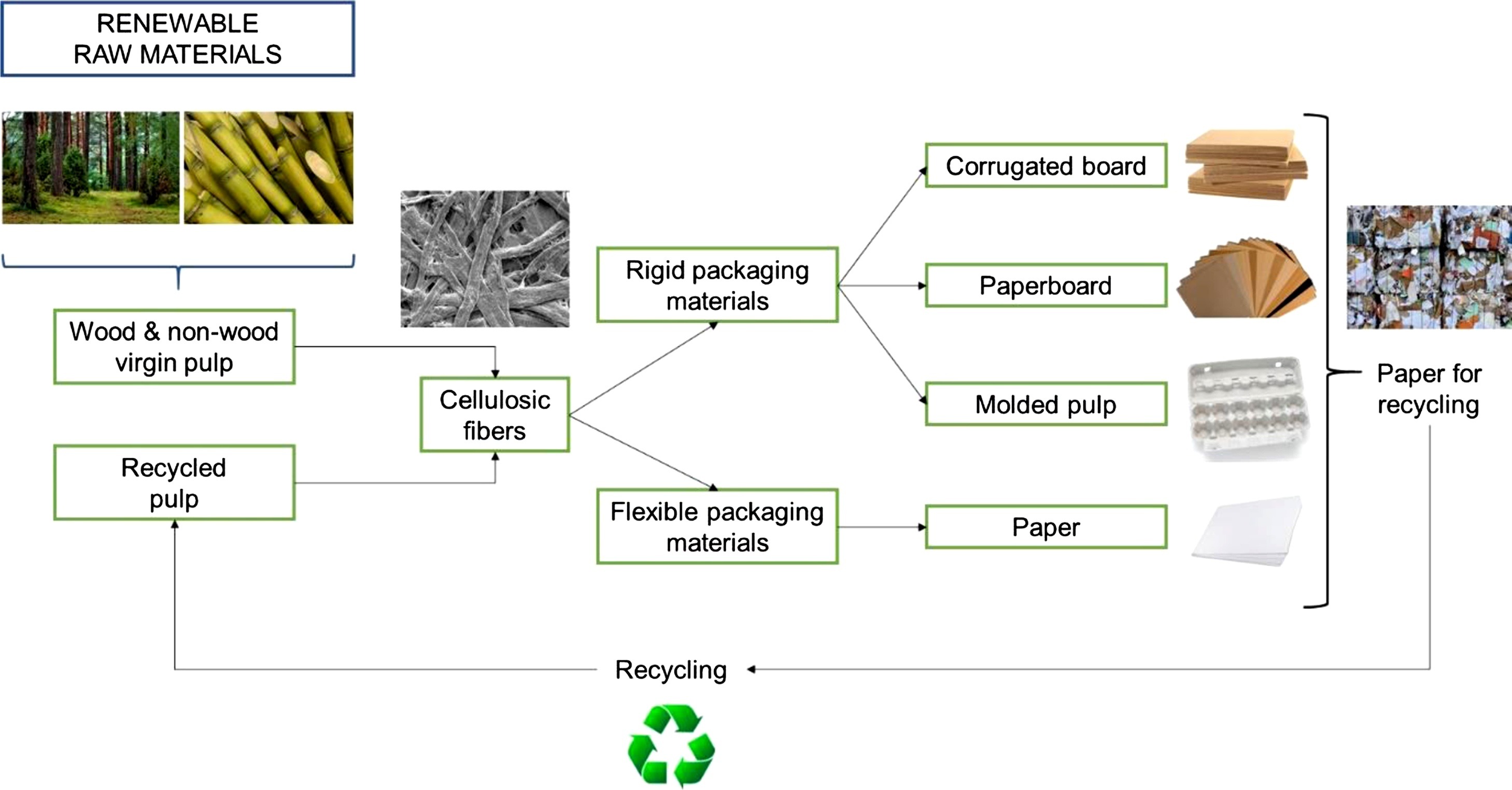This book chapter advances SDG3 Good Health and Wellbeing and SDG10 Reducing Inequalities by examining people living with a learning disability (PLWLD) who are at an increased risk of health inequalities resulting in early mortality.
John McConnell, Editor of The Lancet Infectious Diseases on COVID-19 vaccine safety and confidence
Objective: To explore and describe norms concerning maternity, femininity and cisgender in lesbian and bisexual women and transgender people (LBT) assigned female at birth, with an expressed fear of childbirth (FOC). Design: Semi-structured interviews were conducted with self-identified LBT people with an expressed FOC. Participants: 17 self-identified LBT people participated. 15 had an expressed FOC, and two were non-afraid partners. Findings: Participants described how their FOC was related to ideals of “the primal woman”, including ideals of a natural birth.
Transgender and gender diverse health education for future nurses: Students' knowledge and attitudes
Background: Compared to cisgender peers, transgender and gender diverse (TGD) people experience significant health disparities associated with discrimination and limited access to appropriate care in healthcare settings. Nurses represent the largest segment of the United States (US) healthcare workforce; however, US nursing programs only dedicate approximately 2.12 h to Lesbian, Gay, Bisexual, and TGD (LGBT)-related content.
Water and wastewater utilities, water and sanitation hygiene (WASH) practitioners, and regulating bodies, particularly in developing nations, rely heavily on indicator microorganisms, as opposed to pathogens, for much of their regulatory decisions. This commentary illustrates the importance of considering pathogens and not relying only on indicator organisms when making decisions regarding water and sanitation, especially with respect to meeting the current targets of the Sustainable Development Goal (SDG) 6.
It is estimated that 32.5 million US adults have clinical osteoarthritis (OA), with the most common sites being knee and hip. OA is associated with substantial individual and societal costs. Race/ethnicity, socioeconomic status (SES), and geographic variations in the prevalence of knee and hip OA are well established around the world. In addition, clinical outcomes associated with hip and knee OA differ according to race/ethnicity, SES, and geography. This variation is likely multifactorial and may also reflect country-specific differences in health care systems.
Pollens are a major cause of seasonal allergic diseases. Weather may alter the production of pollens. Increased atmospheric temperatures lead to earlier pollination of many plants and longer duration of pollination, resulting in extended pollen seasons, with early spring or late winter. Longer pollen seasons increase duration of exposure, resulting in more sensitization, and higher pollen concentrations may lead to more severe symptoms. Climate changes in contact to pollens may affect both allergic sensitization and symptom prevalence with severity.
The burden imposed by pollution falls more on those living in low-income and middle-income countries, affecting children more than adults. Most air pollution results from incomplete combustion and contains a mixture of particulate matter and gases. Air pollution exposure has negative impacts on respiratory health. This article concentrates on air pollution in 2 settings, the child's home and the ambient environment. There is an inextricable 2-way link between air pollution and climate change, and the effects of climate change on childhood respiratory health also are discussed.
This short communication describes the climate change impacts of using cellulose, and more precisely cellulosic fiber-based materials, in food packaging, representing current and emerging industrial state of the art technology, without specific reference to current scientific advances. First, the different types of cellulosic fiber-based packaging materials, which can be used to replace fossil-based packaging materials, are presented for flexible and rigid applications. The focus is on technological solutions with packaging properties that enable the protection of commonly sold food products.



